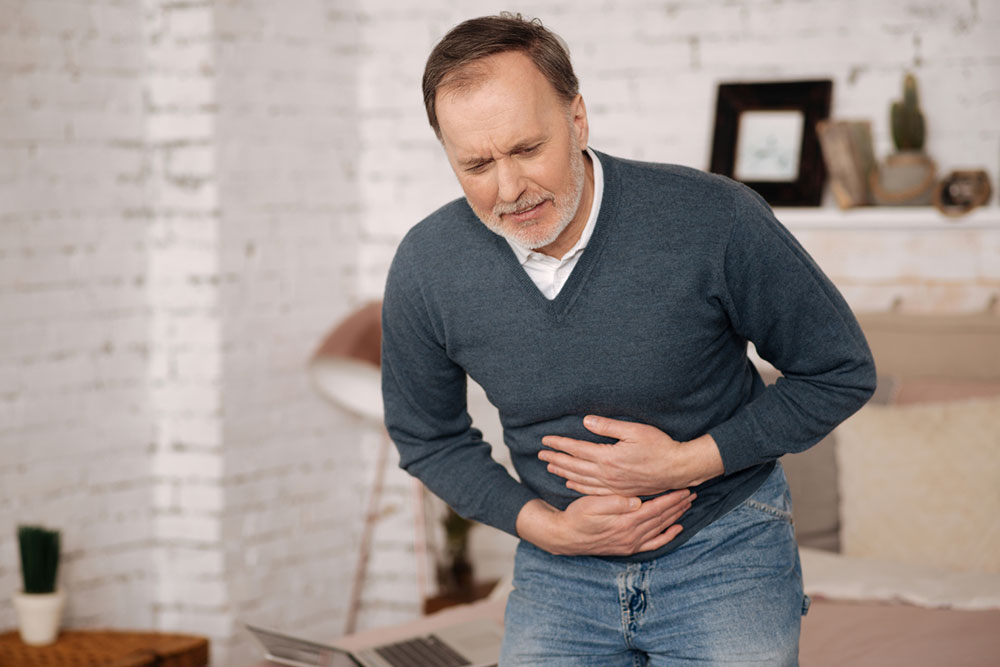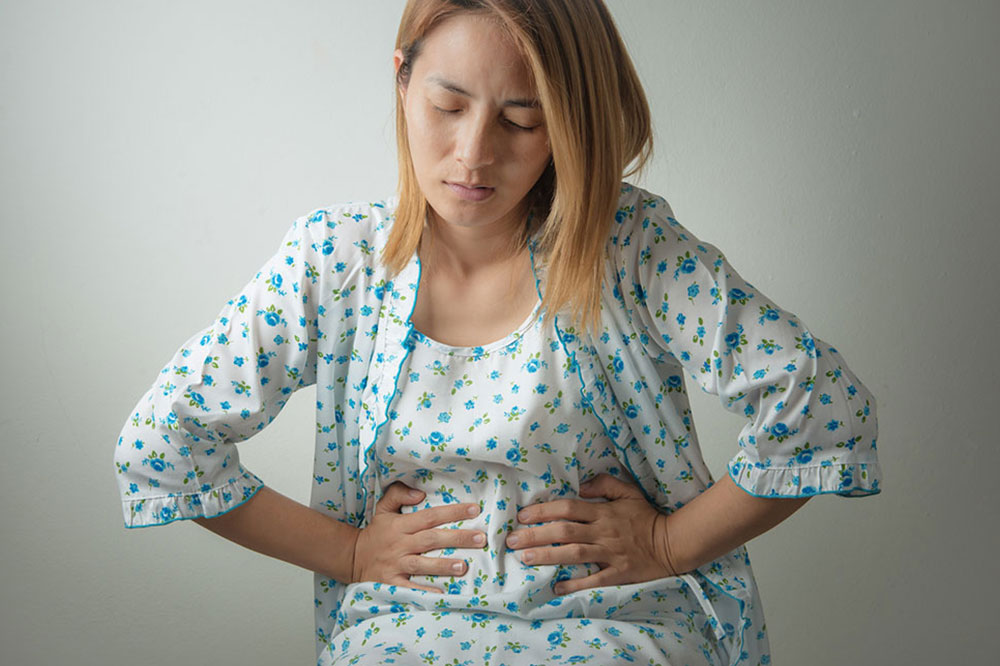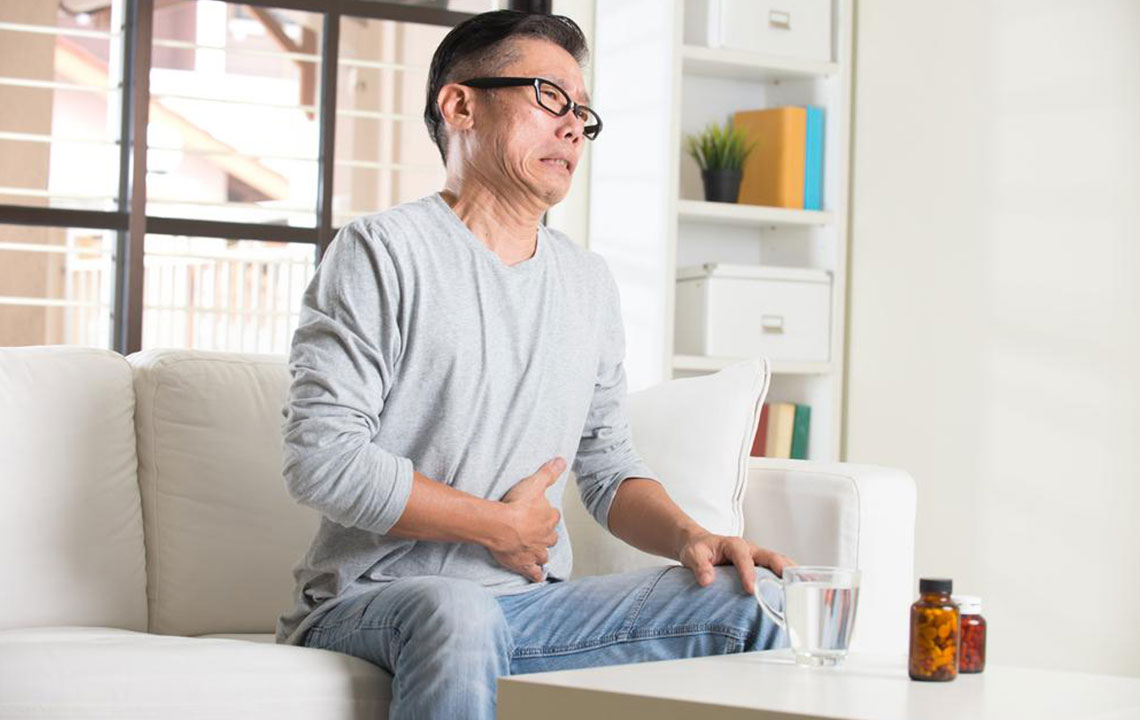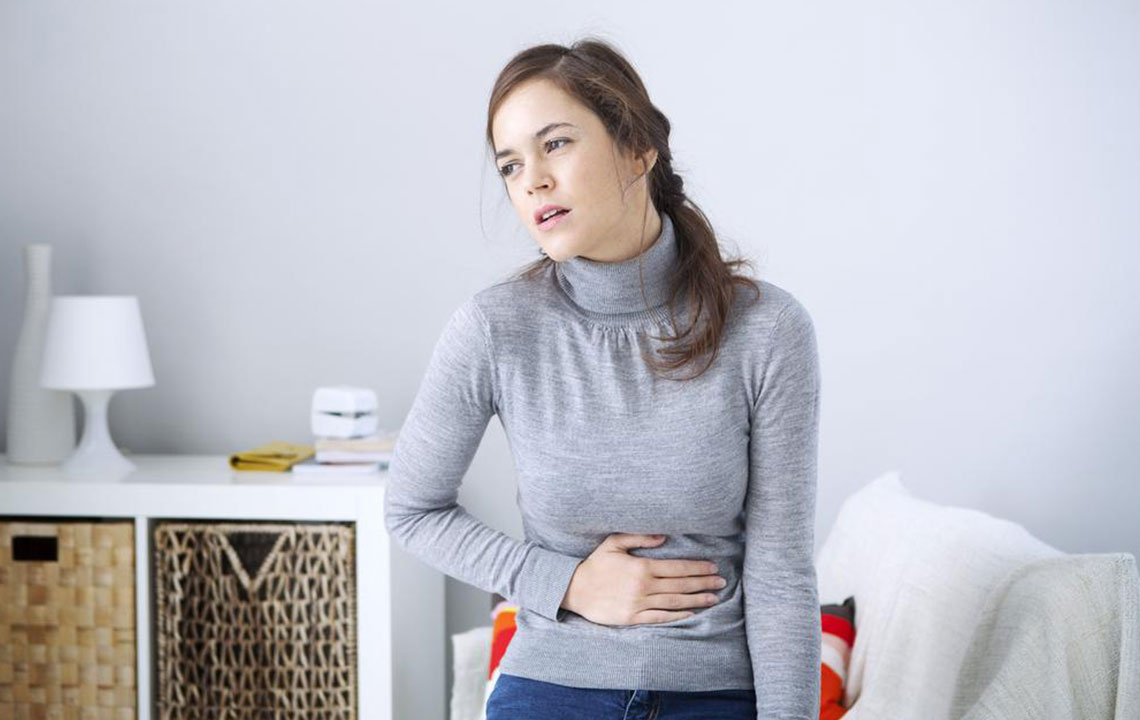Effective Strategies for Managing Overactive Bladder Symptoms and Improving Quality of Life
This comprehensive guide explores effective strategies for managing overactive bladder symptoms, including lifestyle changes, medications, nerve stimulation therapies, and surgical options. It provides valuable insights for patients seeking relief and improved quality of life through personalized treatment plans. Early intervention and combining different therapies can significantly reduce symptoms such as urgency and incontinence, empowering individuals to regain control over their bladder health.

Effective Strategies for Managing Overactive Bladder Symptoms and Improving Quality of Life
Overactive bladder (OAB) is a prevalent urological condition characterized by a sudden and uncontrollable urge to urinate. This persistent urgency often results in involuntary urine leakage, commonly referred to as incontinence. OAB significantly affects individuals across different age groups, especially seniors, impacting their daily routines, social interactions, and overall quality of life. Understanding the causes, symptoms, and available treatments is essential for effective management and symptom relief.
OAB can be caused by various factors, including nerve signals misfiring, weak pelvic floor muscles, or other underlying health conditions. While it is more common in older adults, it can affect younger individuals as well. The condition warrants prompt medical attention to tailor an appropriate treatment plan, which may involve medication, lifestyle modifications, or specialized therapies. Addressing OAB proactively can lead to significant improvements, allowing individuals to maintain their independence and confidence.
Non-Pharmacological Approaches for Overactive Bladder
Non-medical strategies play a critical role in controlling OAB symptoms. Pelvic floor exercises, popularly known as Kegel exercises, help strengthen the muscles responsible for urinary control. Regular practice of these exercises increases muscle tone, reducing the frequency and severity of urges. Bladder training, another effective method, involves setting scheduled intervals for urination and gradually extending those periods to train the bladder to hold urine longer. This technique can significantly decrease urgency and frequency over time.In addition to exercises and training, simple lifestyle adjustments can make a notable difference. Limiting caffeine and alcohol intake helps decrease bladder irritability. Avoiding large fluid consumption particularly before bedtime can prevent nocturia, which disrupts sleep and lowers quality of life. Maintaining a healthy weight reduces pressure on the bladder and pelvic muscles, alleviating symptoms. Temporary use of absorbent pads provides additional protection and peace of mind, especially during the initial stages of symptom management.
Medications for Overactive Bladder Management
Pharmacological treatment remains a cornerstone for managing OAB. Anticholinergic medications, such as oxybutynin, tolterodine, and solifenacin, work by relaxing the bladder muscles, reducing urgency and frequency. These drugs are effective but may cause side effects like dry mouth, dry eyes, constipation, or blurred vision. Patients are advised to stay well-hydrated and incorporate fiber-rich foods into their diet to mitigate these challenges. In some cases, newer medications with fewer side effects are prescribed to enhance patient comfort and adherence.It is important to consult with healthcare providers to determine the most suitable medication plan, considering underlying health conditions and potential drug interactions. Regular follow-up helps monitor efficacy and adjust dosages as needed. Combining medication with behavioral therapies often results in the best outcomes, offering enhanced symptom control and improved quality of life.
Nerve Stimulation and Advanced Therapies
For cases resistant to medication and lifestyle changes, nerve stimulation therapies provide a minimally invasive alternative. Sacral nerve stimulation involves placing a small electrode near the sacral nerves responsible for bladder control. This device sends mild electrical impulses that help regulate abnormal nerve signals, thereby reducing urgency and incontinence episodes. The procedure can be performed in-office and has shown promising results in reducing symptoms.Patients undergo a testing phase to determine appropriateness before permanent implantation. The device can be externally worn or surgically implanted, depending on individual needs and preferences. This therapy offers a safe and effective option for long-term management, especially for patients who do not tolerate medications well.
Surgical Approaches as a Last Resort
In severe cases where conservative methods and nerve stimulation do not provide sufficient relief, surgical options may be considered. Bladder augmentation, also called augmentation cystoplasty, involves enlarging the bladder capacity using intestinal tissue, which can considerably reduce urgency and frequency. Alternatively, bladder removal (cystectomy) with urinary diversion entails reconstructing urinary pathways to maintain continence and function.These procedures are complex and involve significant considerations, including potential complications and lifestyle adjustments. Thorough evaluation by a specialized urology team is necessary to determine whether surgery is appropriate. Postoperative rehabilitation and support are crucial for optimal recovery and adaptation to new functional dynamics.
Managing overactive bladder requires a comprehensive approach combining lifestyle modifications, medication, advanced therapies, and, if necessary, surgical treatment. Early consultation with healthcare professionals ensures personalized treatment plans that improve symptoms and enhance quality of life. With ongoing advancements in medical technology and therapies, individuals suffering from OAB can find effective relief and regain control over their daily activities.





